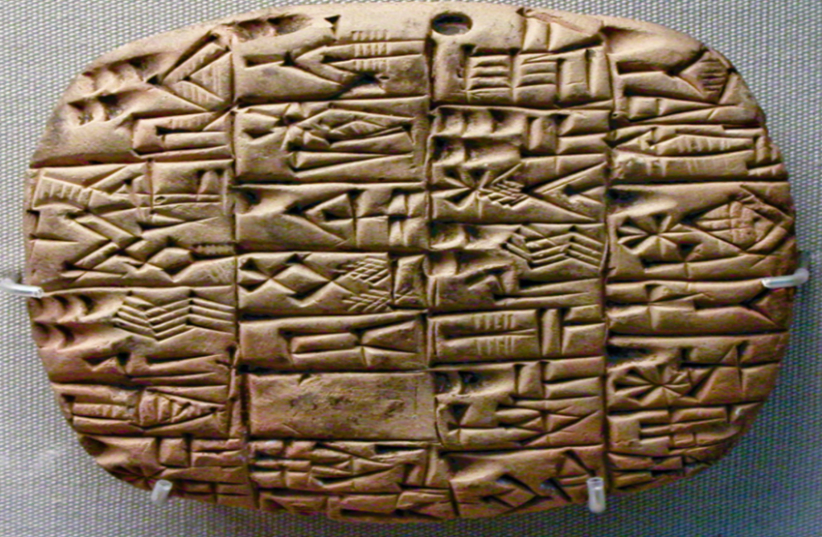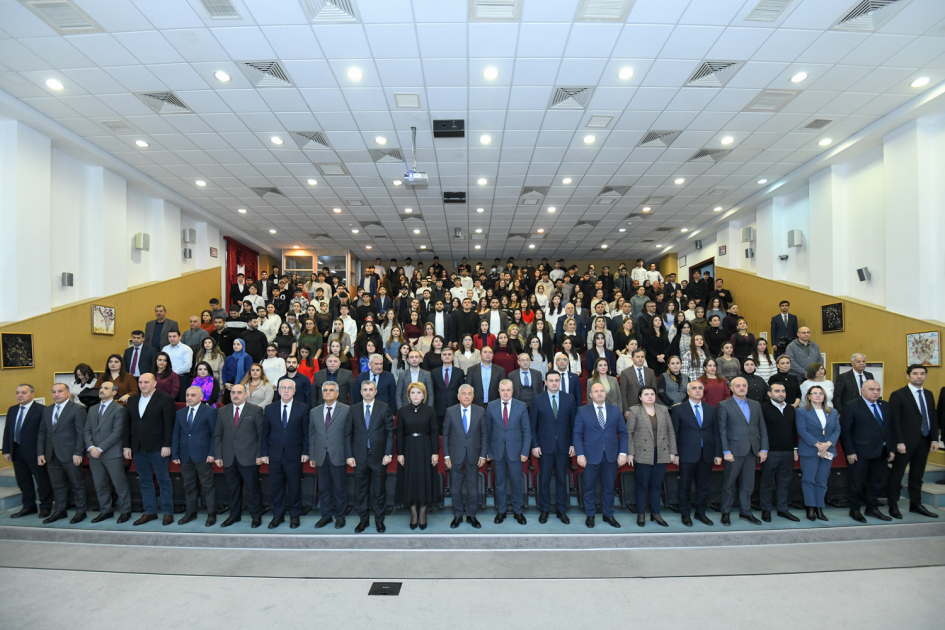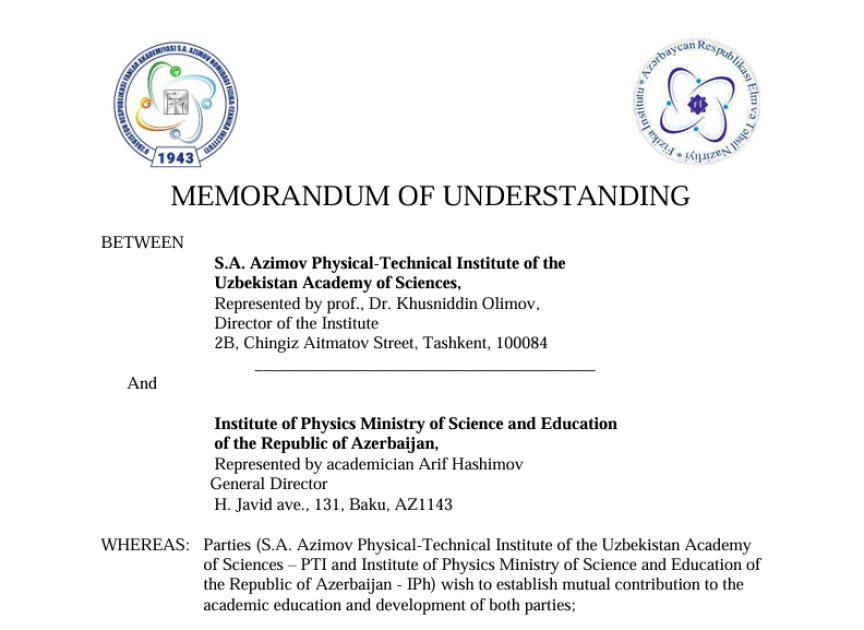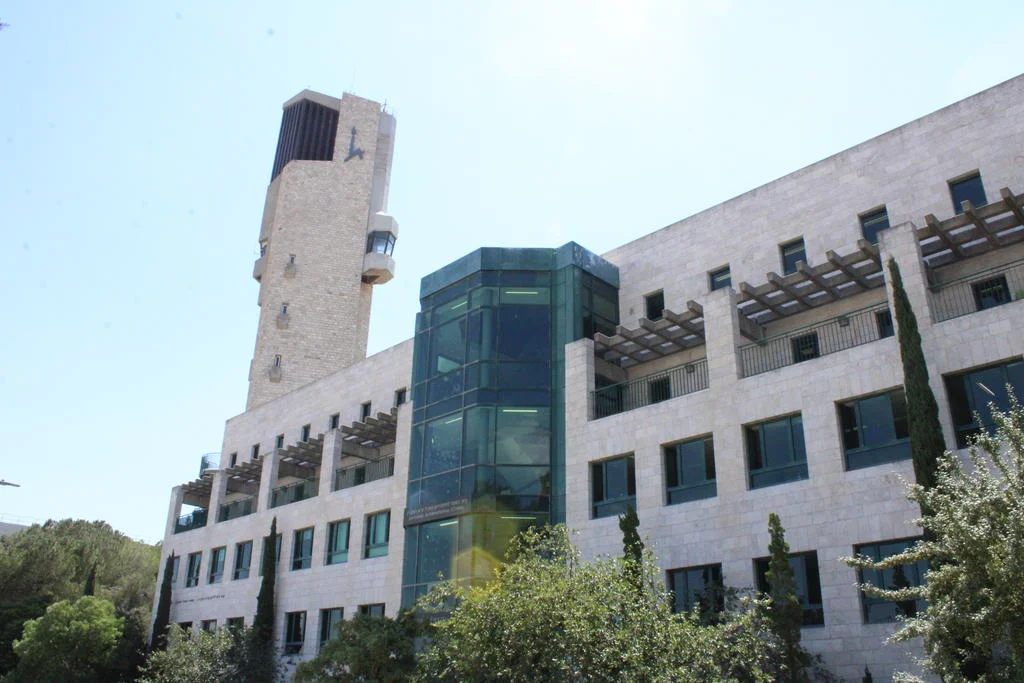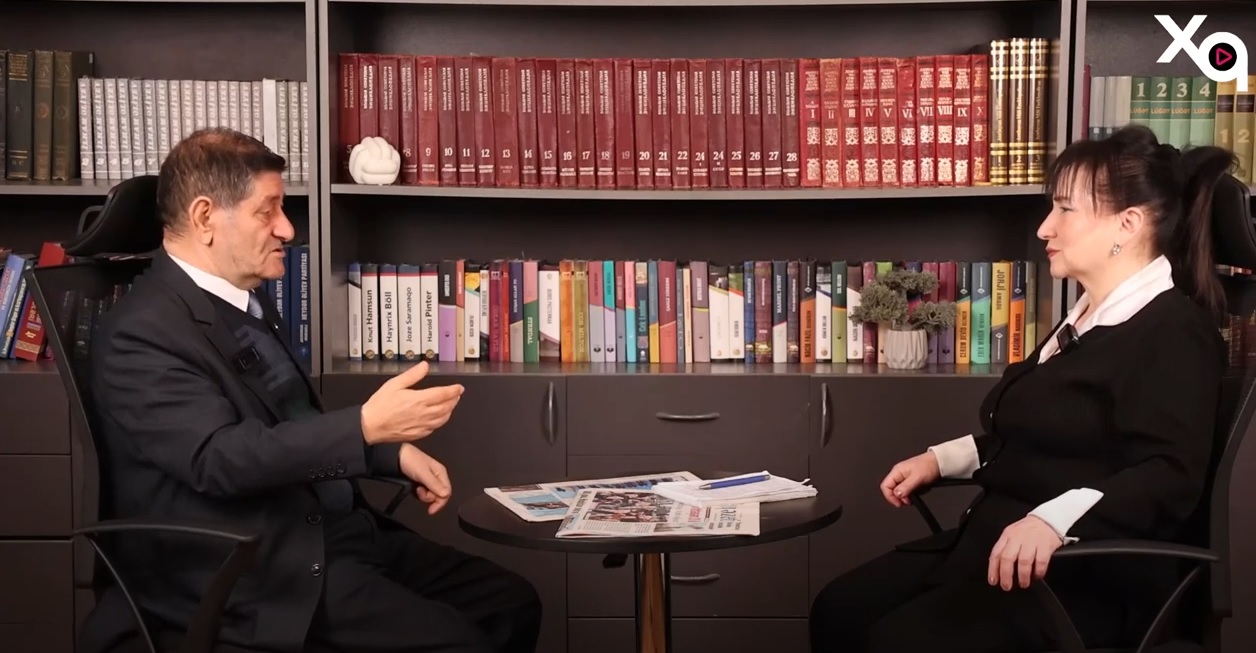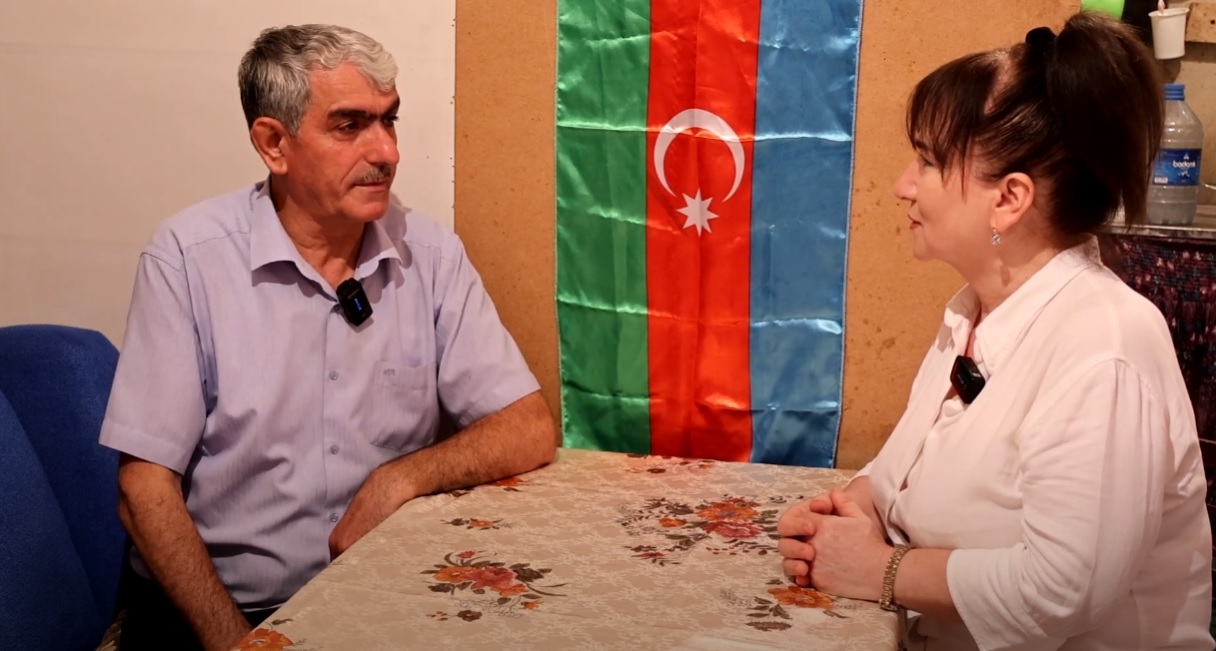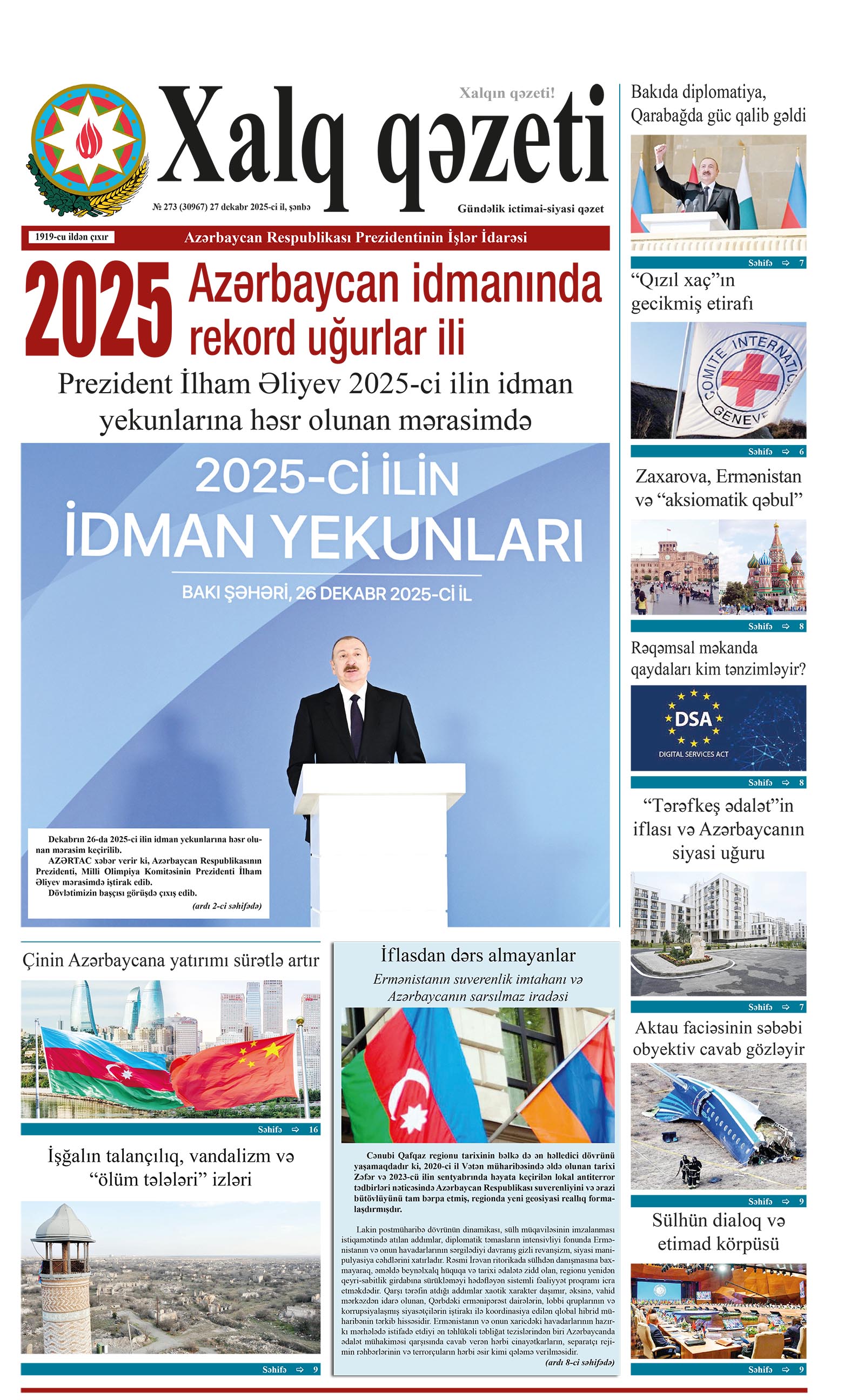The student's arithmetic errors demonstrate a shift from memorization to written knowledge in ancient sumer.
By JERUSALEM POST STAFF
The Ashmolean Museum's collection is now more accessible than ever. The museum's website highlights that the ongoing digitization of its Babylonian cuneiform tablets is helping preserve these ancient artifacts. Among these digitized artifacts of the Oxford University museum is a fascinating piece that has intrigued scholars and enthusiasts alike: a 4,000-year-old clay tablet that preserves a mathematical error made by an ancient student.
The Ashmolean Museum houses the second-largest collection of cuneiform tablets in the UK and includes this tablet, one of twenty examples of ancient Babylonian mathematics homework. The tablet was excavated in 1931 from Kish in present-day Iraq.
The round clay tablet measures only 3.2 inches (8.2 centimeters) in diameter. The clay tablet, though incorrect, exemplifies a time when writing was invented first to engage in trade and accounting and to calculate math; it was used to calculate the area of a triangle. The student who created the tablet used it as a "scratch pad" to calculate the area of a triangle, and his mistake has been preserved for nearly 4,000 years.
Co-Founder of Google Brain, Andrew Ng, Recommends: "These 5 Books Will Turn Your Life Around"Sponsored by Blinkist: Andrew Ng's Reading List
Incredible, the TV Box Everyone Is Talking About: Access All Channels?Sponsored by Smart TV
39 Cat Markings Too Funny Not To Laugh AtSponsored by Daily Funny
What is Outbrain
The tablet depicts a right triangle with three sets of cuneiform numbers. One set of numbers is along each of the two sides of the triangle, representing the length and height of the triangle. Specifically, the student inscribed 3.75 on the height line of the triangle and 1.875 for the base. The third set of numbers is in the middle of the tablet, representing the area of the triangle. However, the student incorrectly calculated the area as 3.1468 instead of the correct value of 3.5156.
The student's arithmetic errors actually demonstrate an important cultural development: the way people were gathering and transmitting knowledge was shifting from memorization to written information.
Several ancient draft blocks have been found in Kish and near Babylon, which were important centers for mathematics teaching during that time. Some homework tablets even feature the teacher's work on one side with the pupil's calculations on the other, although this particular tablet does not have them. As large empires began to develop, growing civilizations needed ways to calculate taxes, account for trade and exchanges, and establish calendars.
Babylonian mathematics had a base-60 numerical system, which we still use today to measure time: 60 seconds in a minute, and 60 minutes in an hour. The ancient Babylonians understood the Pythagorean theorem more than a millennium before the ancient Greek philosopher Pythagoras became famous for establishing it. The Pythagorean theorem states that the sum of the squares of the two sides of a right triangle is equal to the square of the hypotenuse.


